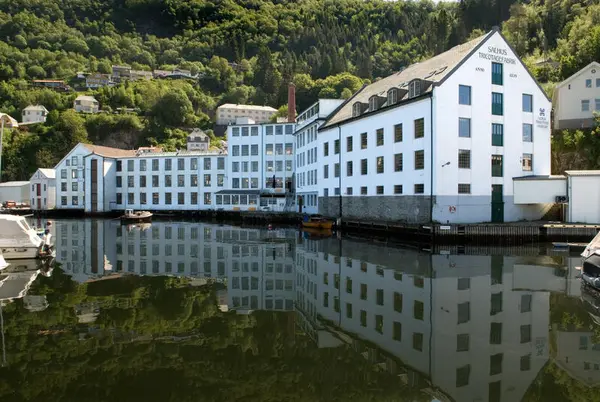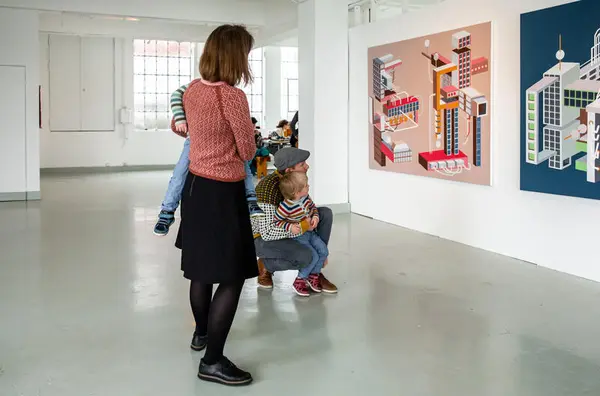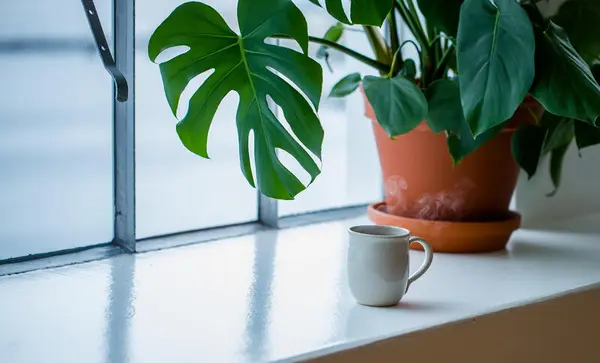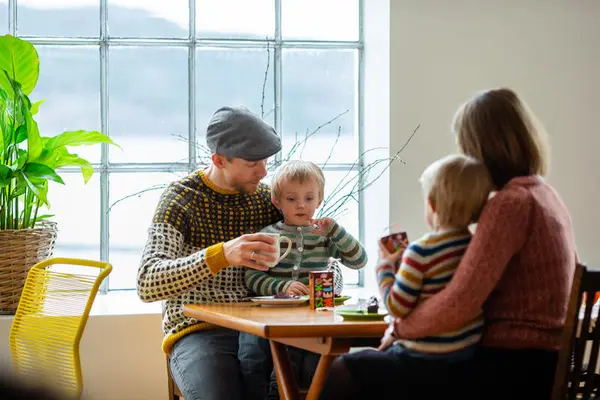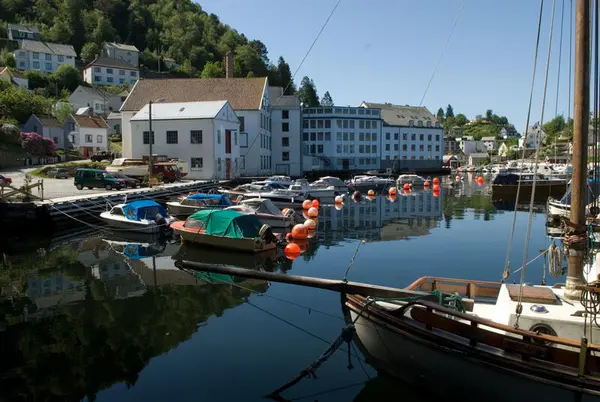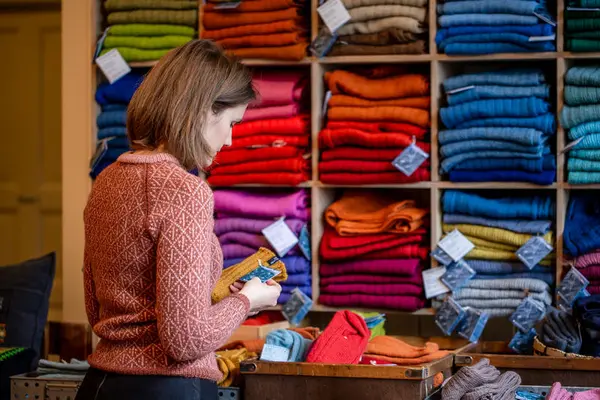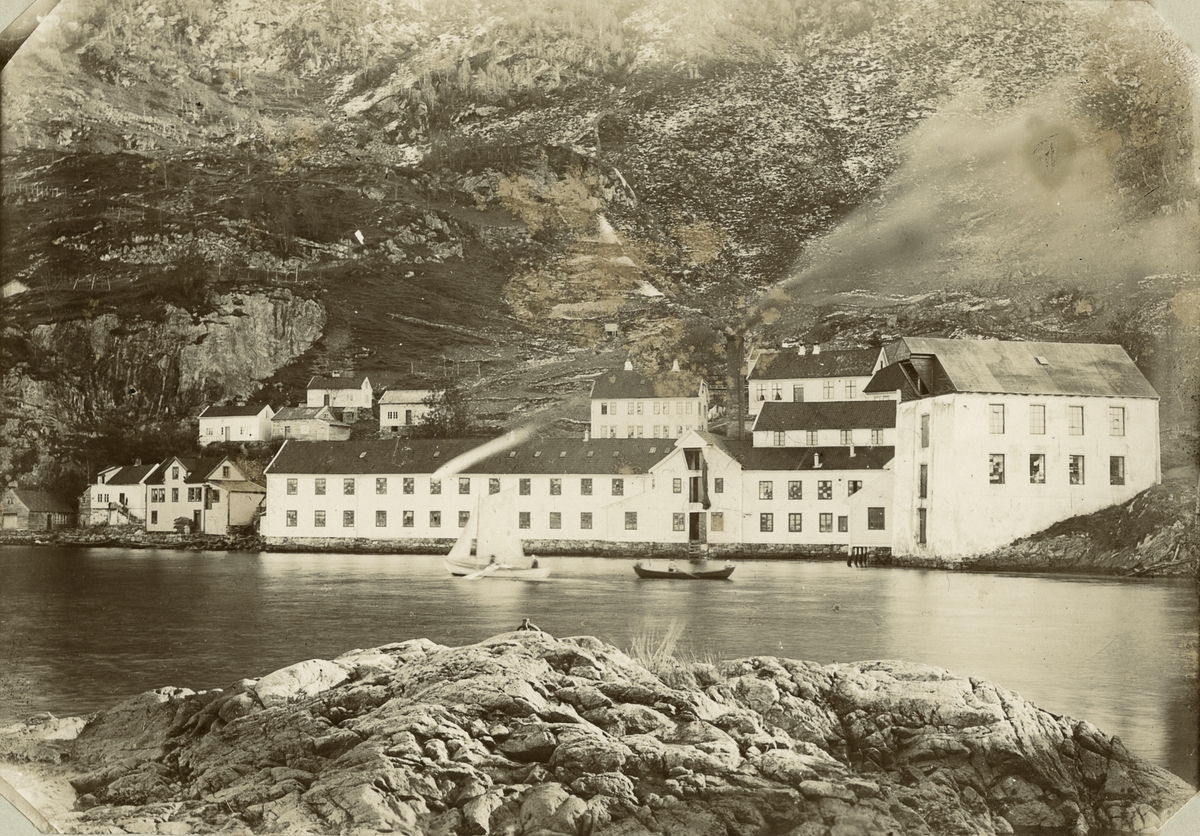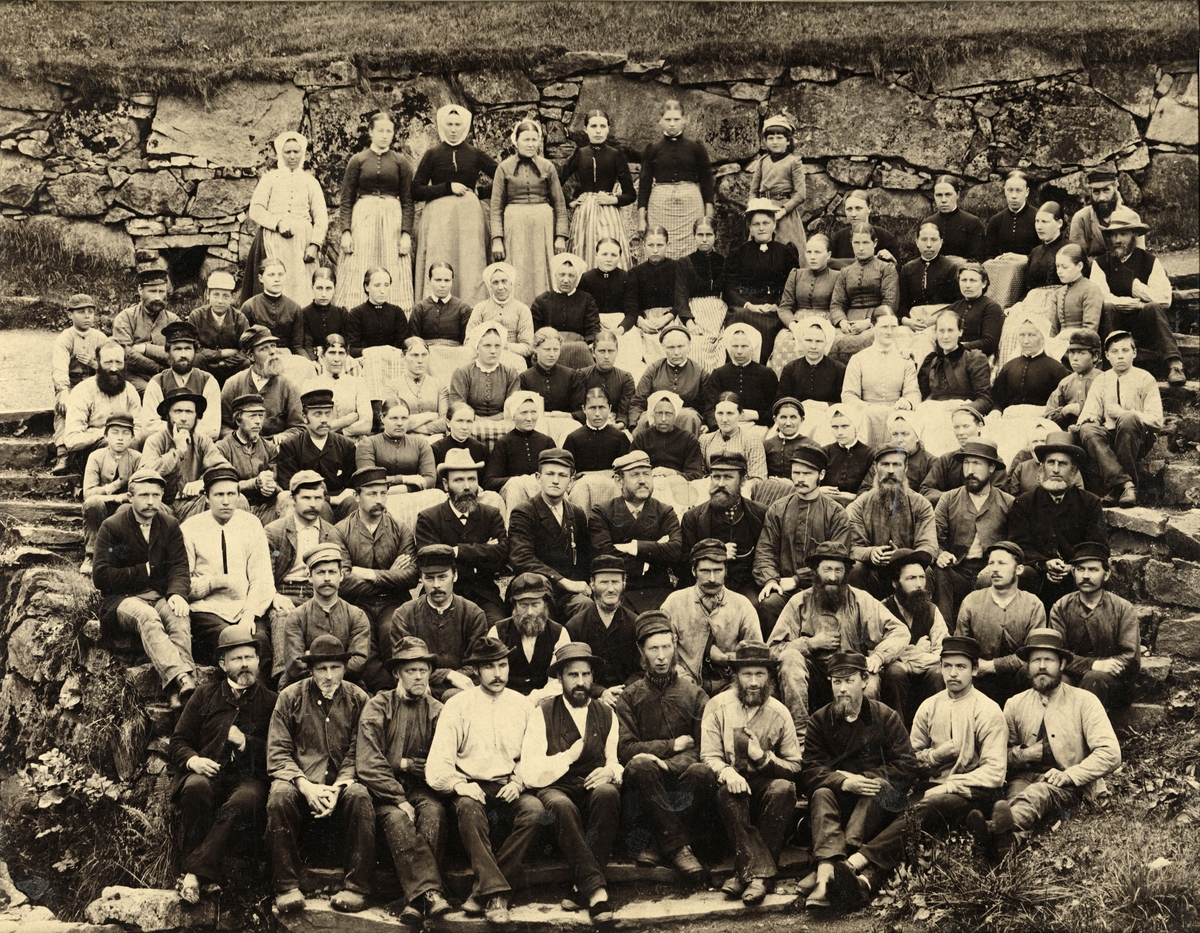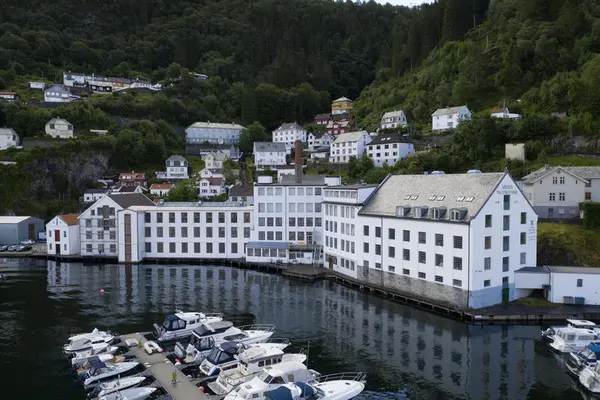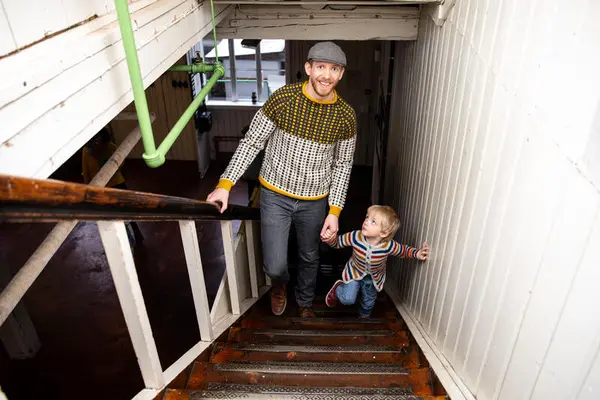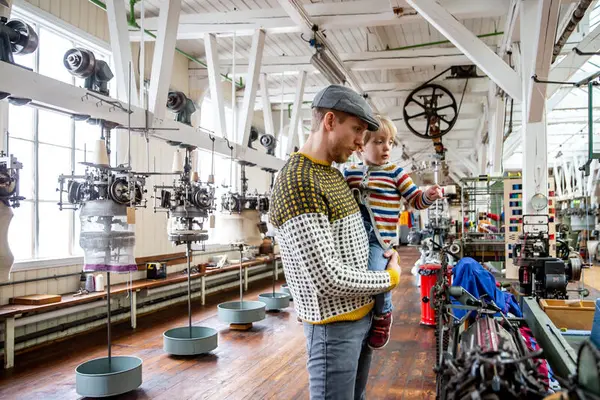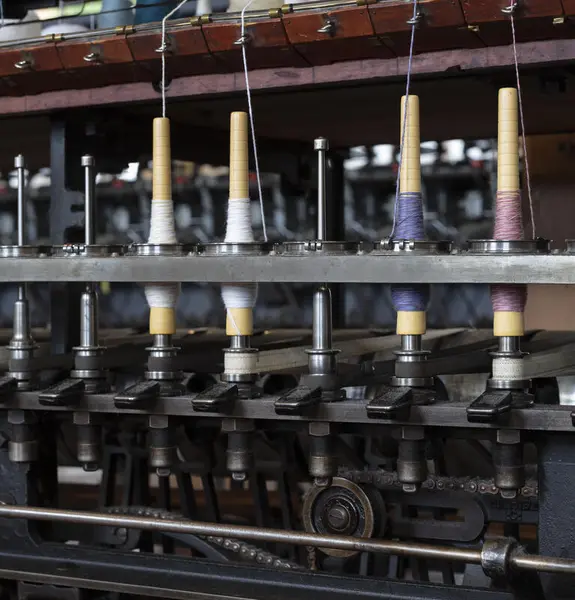The museum offers tailor-made educational programmes for groups, and arranges events about textiles, industrial history, and culture for young and old throughout the year. Hear relevant knitting lectures at our monthly knitting café, or witness the historic premises being transformed into a hand-knitting hygge haven during Bergen Strikkefestival (Bergen Knit Fest), every other year in the last weekend of September. The Textile Industry Museum is a nice place for families with children, with its separate guided tours for children, a playing corner in the café, and textile activities for children.
A Crowning Achievement
The textile industry was among the first industries to be established in Norway. The region around Bergen was central to the development, with major companies such as Arne Fabrikker, Janus, and Dale Fabrikker (or the export-oriented Dale of Norway). Many of the factories produced knitwear. Salhus Tricotagefabrik was known
for making durable everyday garments, and their Krone Maco cotton underwear became a staple in the Norwegian wardrobe. The factory produced woollen sweaters, underwear, socks, and sportswear for 130 years. Today, The Textile Industry Museum is located at the factory premises, and tells the story of the Norwegian textile industry based on the factory town of Salhus.
A Hidden Gem
The factory has an idyllic location by the seaside just north of Bergen city centre. Uphill behind the factory you will find a densely built environment with houses for the workers as well as the director, a schoolhouse and an old people's home. Salhus Tricotagefabrik was one of the first fully mechanised knitwear factories in Norway, and part of the first wave of industrialization. The town illustrates the cultural and economic changes that have taken place in Norway from 1850 until today: the development from an agricultural society to a modern industrial nation.
A Compact Industrial Society
Salhus grew from a small town with an inn, a stopover on the way from Bergen, to a busy industrial society with three textile factories: Salhus Tricotagefabrik, Salhus Væverier and Birkelund Trikotasjefabrikk. It was a small society where town and factory were two sides of the same coin, and at most around 700 people worked in the textile industry here.
When the smoke from the factory chimney stopped, the industrial site was preserved as an example of the Norwegian textile industry. The facility became part of The Directorate for Cultural Heritage conservation programme for technical and industrial heritage sites in 1997, and today it is the only national industrial monument in Bergen. The museum opened to the public in 2001, after several years of restoration work on the buildings and machinery. In 2020, the site was protected by The Directorate for Cultural Heritage.
